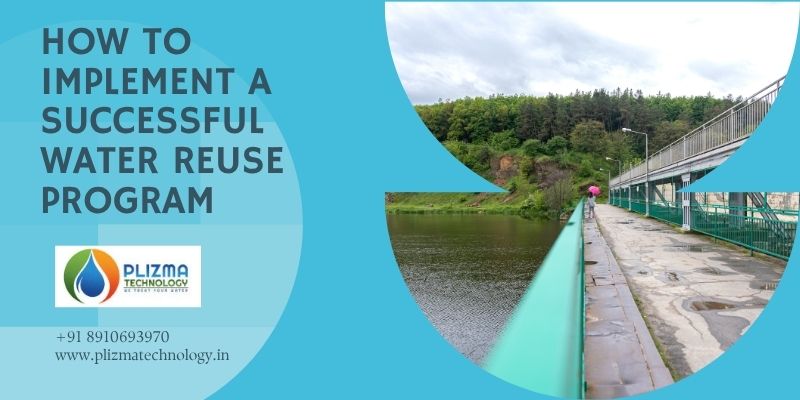November 19, 2025
How to Implement a Successful Water Reuse Program
October 6, 2025 | by admin

As global water supplies are strained by population growth and climate change, the answer is in water reuse. Wastewater can be turned into a commodity which can be reused to provide irrigation, commerce, or even drinking water. Plans are affordable, protect freshwater resources, and optimize environmental performance. Water recycling may be best and safely achieved with the assistance of the best effluent plant providers.
Having treatment plants is not merely possessing a fine water reuse facility; it’s also paying attention to the water sources, legislation and law, infrastructure, and sustainability. With prudence being exercised at every step of the way, from technology selection and planning to stakeholder education and performance monitoring, in seeking to be safe, efficient, and compliant.
Various Modes of Conducting the Water Reuse Program
Having a plan for water reuse can minimize water scarcity through decreased freshwater dependence, economic benefits, and reduced environmental impacts. Quality planning, stakeholder coordination, and sophisticated technology are needed in well-run plans for multiple purposes. The following steps make it successful:
• Assess water demand and supplies
Conduct a thorough water audit to develop a clear picture of water use patterns and consumption rates. Identify probable recoverable water sources, which may be shower, sink, and laundry greywater, rainwater, and treated sewerage. Define the quality standard that is applicable to a specific end-use, e.g., irrigation, cooling, toilet flushing, and industrial processes.
• Choose the right treatment technology
In making a treatment system selection, you must actually investigate the special nature of the source water and the nature of the particular intended reuse application in question. By performing a proper assessment of those parameters, you are able to guarantee that the selected system can degrade the special nature of the water to its final safety and quality for utilization for intended purposes. Or you can also use the effluent treatment plant, as it will assist you with the reuse program. Where is it located? Then the effluent treatment plant manufacturer it can assist you with that.
• Comply with standards and regulations
Take extreme precautions to properly comprehend and apply local, regional, and national legislation on water reuse. Obtain all the permits and approvals from environmental and public health authorities to be in line. Apply the use of color-coded piping and unambiguous marking to avoid cross-contamination and ensure the quality of water is suitably safeguarded.
• Control the quality of water
Include a planned maintenance and monitoring scheme so that water quality is always at the prescribed level. Utilize advanced smart sensors and automatic controllers to monitor flow rates, pressure, and quality parameters continuously. Monitor against pre-set targets and anticipatory adjustments as and when necessary to deliver optimum outputs.
• Create scalability and future growth plans
Design your program so that it is scalable in design, only responding to demand or regulatory change. Have treatment systems easily upgradable or expandable in the future. Look to long-term ROI and cost savings to justify further investment.
Conclusion
A well-planned and executed water reuse system can provide potentially immense environmental, economic, and operating benefits. If you start with the desire to reuse water, employ the right means, and engage stakeholders, you can make value from wastewater – a step closer to making your community or business more flexible.
Direction: Get Here
RECENT BLOG

Debunking the Myths Around Sustainable Technology
November 19, 2025

Why Smarter Water Systems are the Need of the Hour
November 17, 2025

How Ultrafiltration Technology Reduces Water Treatment Costs
November 10, 2025

How Smart Cities Will Manage Their Water Resources
November 5, 2025





